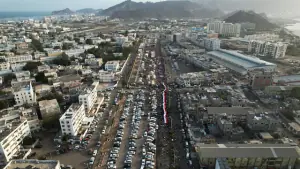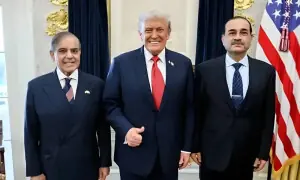Surge in Iran executions aims to ‘spread fear’, rights groups say
Iran hanged 75 percent more people in 2022 that the previous years, two rights groups said on Thursday, denouncing an “execution machine” aimed at spreading fear as protests shook the country.
The figure of at least 582 executions was the highest since 2015 in Iran and well above the figure of 333 in 2021, the report by Norway-based Iran Human Rights (IHR) and Paris-based Together Against the Death Penalty (ECPM) said.
Last year was marked by the eruption in September of nationwide protests sparked by the death of Mahsa Amini, a 22-year-old ethnic Kurd who had been arrested for allegedly violating the strict dress rules for women.
The authorities responded with a crackdown that saw four men hanged in protest-related cases, executions that prompted an international outcry.
IHR director Mahmood Amiry Moghaddam said that while the international reaction was keeping protest-related executions in check, Iran was pressing ahead with executions on other charges to intimidate the general population.
“The international reactions to the death sentences against protesters have made it difficult for the Islamic Republic to proceed with their executions,” he said.
“To compensate, and in order to spread fear among people, the authorities have intensified the execution for non-political charges. These are the low-cost victims of the Islamic Republic’s execution machine,” he added.
The report said that after the four men were executed on charges related to the protests, one hundred more protesters still risked execution after being sentenced to death or facing charges that carry the death penalty.
‘Dramatic surge’ The report expressed alarm over a sharp rise in the number of drug-related executions after the protests erupted.
A fall in the number of drug-related executions – driven by 2017 amendments to the anti-narcotics law – had been behind a drop in the overall number of executions in Iran up to 2021.
More than half of those executed after the start of the protests, and 44 percent of the 582 executions recorded in 2022, were on drug-related charges.
This was a more than double the number in 2021, and ten times higher than the number of drug-related executions in 2020, it said.
The rights groups lamented what they said was a lack of reaction from the United Nations Office for Drugs and Crimes (UNODC) and its donor states to this “dramatic surge”.
“Lack of reaction by the UNODC and donor countries to the reversal of these reforms (of 2017) sends the wrong signal to the Iranian authorities,” ECPM director Raphael Chenuil-Hazan said.
The report said members of the mainly Sunni Muslim Baluch minority accounted for 30 percent of all executions across the country, while only representing 2-6 percent of Iran’s population.
The numbers of ethnic minority Kurds and Arabs executed were also disproportionate, especially for drug crimes, the report said.
“The death penalty is part of the systematic discrimination and extensive repression ethnic minorities of Iran are subjected to,” it said.
The most executions – 288, or 49 percent of all executions – were for murder charges, the highest in more than 15 years, it said.
Two people, including protester Majidreza Rahnavard, were hanged in public, the report said. At least three juvenile offenders were among those executed while at least 16 women were hanged.
For the latest news, follow us on Twitter @Aaj_Urdu. We are also on Facebook, Instagram and YouTube.




















Comments are closed on this story.